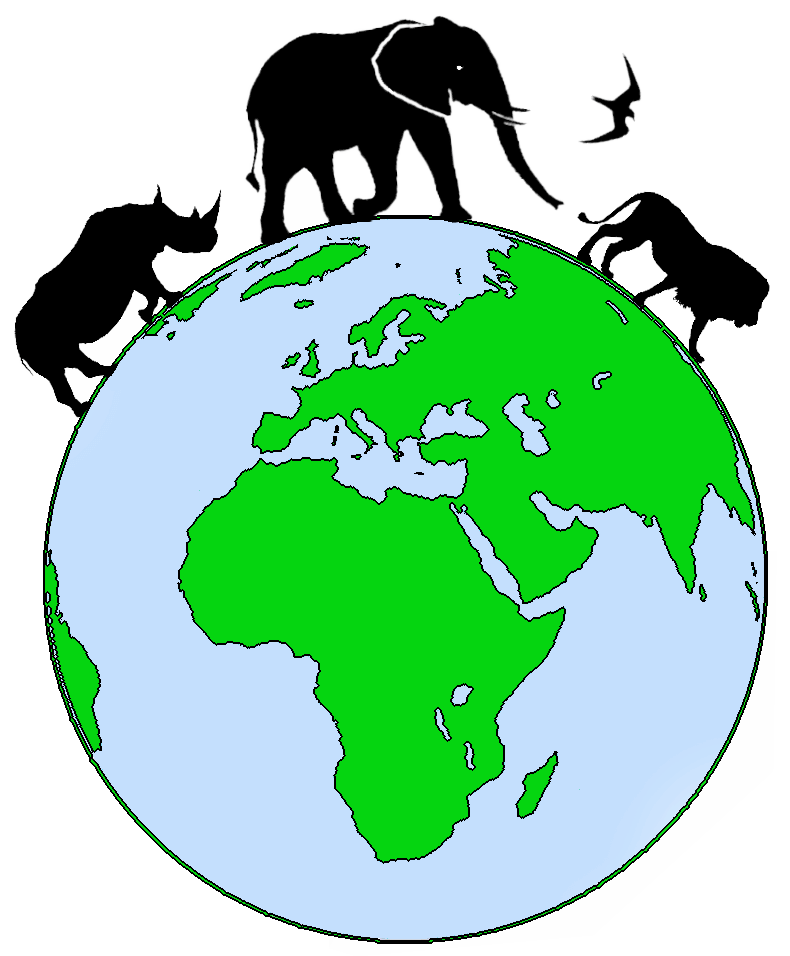We stumbled from one highlight to the next. Now we went to see Jane Hunt in her field office. She has been leading the field work of WILDCRU (The Wildlife Conservation Research Unit, https://www.wildcru.org/) in Zimbabwe since 2003. She too is concerned with lion conservation and strategies to avoid or defuse human-wildlife conflict after the human population increases by 200,000 people every day, threatening to take away the wildlife's last habitat.

Jane Hunt

Jane Hunt explains the work of lion research to us through the posters ...

... and her colleague Lian by means of a PP presentation. His enthusiasm for the topic cannot be overlooked.

This male lion came in front of my lens in Hwange.
Jane Hunt works under one roof with Dr Lovemore Sibanda. He is the director of the Cheetah Conservation Project Zimbabwe (https://www.cheetahzimbabwe.org/). Cheetahs are even more endangered than lions and need special protection. Of course, this is easier said than done. Dr Sibanda had put together a detailed PP presentation for us. It was very informative.

Cheetahs - I have only rarely been able to photograph them.

The Fastest Mammal on Land is Fast Disappearing before our Eyes

Alarming. Currently, there are probably only 18 cheetahs left in Zimbabwe.
For the work in the bush to protect the lions and cheetahs, we presented 2 pairs of binoculars that our association members Wilfert had donated. The joy was very great.

The two binoculars were tested immediately.


